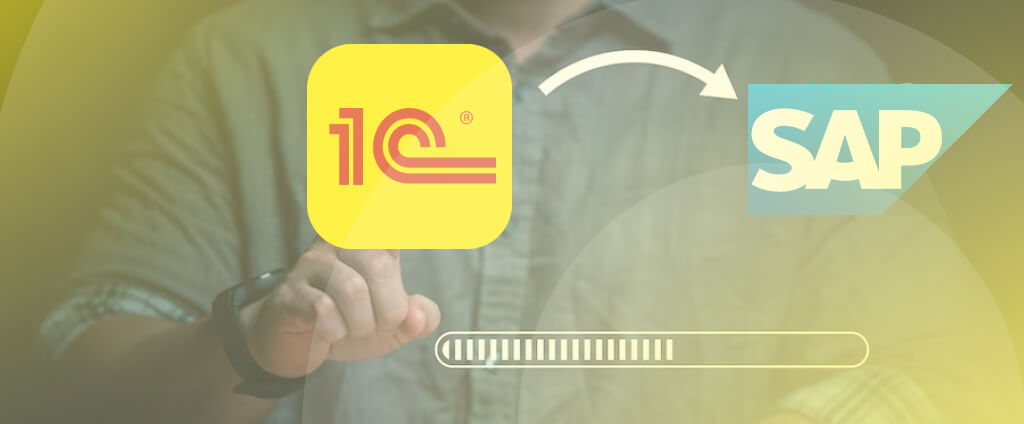Efficient data exchange between 1C and SAP is essential for businesses transitioning between the two systems or operating them in parallel. With the right integration solutions, companies can ensure uninterrupted operations, quick data transfers, and minimized risks while maintaining familiar accounting standards.
Why Businesses Need 1C and SAP Integration
Data exchange between 1C and SAP is crucial for two main scenarios:
- Transitioning from SAP to 1C: Facilitates smooth migration while preserving historical data.
- Parallel Operation of Both Systems: Enables synchronized operations, such as maintaining regulatory accounting in 1C and operational accounting in SAP.
Integration solutions often focus on data transfer, exchange, and synchronization. They help businesses maintain continuity, minimize disruptions caused by SAP’s exit, and preserve high levels of automation with 1C.
These solutions are vital for managing various data types, including reference information, transactions, and operations, within a company or across subsidiaries. They also support the unique needs of holding companies managing multiple legal entities.
How to Approach Integration Between 1C and SAP
Before starting, determine the direction of data flow:
- From SAP to 1C: Ideal for companies migrating off SAP.
- From 1C to SAP: Useful for businesses relying on SAP for specific operations while using 1C for regulatory compliance.
Key integration methods include:
1C Requests to SAP (Using RFC Protocols)
- Leverages SAP’s Remote Function Call (RFC) protocol for seamless data transfers.
- RFC operates via C or Visual Basic libraries, making it a robust method for queries between SAP and external systems like 1C.
SAP Requests to 1C
- SAP can directly access 1C databases for data extraction.
- While simple, this approach carries risks. Updates to 1C’s table structure can disrupt data exchange, requiring adaptation.
- SAP PI (or PO) Integration Bus: Offers a more stable and scalable option recommended by SAP. It supports efficient communication between SAP systems and third-party platforms like 1C.
Universal Methods for 1C and SAP Integration
Web Services
Web services act as intermediaries, translating requests and responses between 1C and SAP.
Advantages:
- Fast and reliable data exchange.
- Simple implementation with minimal risk of data loss.
Considerations:
- Initial setup requires time and resources but delivers long-term reliability.
File Exchange
Data is exported from one system (e.g., 1C or SAP) into a file, usually XML, and then imported into the other system.
Advantages:
- Straightforward and dependable for smaller data volumes.
Challenges:
- Large XML files (up to 1 GB) can slow down the process and burden servers, making it unsuitable for heavy data loads.
Why Choose Assino for SAP and 1C Integration?
Assino specializes in tailored integration solutions that minimize downtime and risks. Our team brings extensive experience with both platforms, enabling us to adapt systems to your business’s unique requirements. Whether you’re migrating from SAP to 1C or need both systems to operate in parallel, we can design a solution that ensures smooth operations and long-term succes
Бесплатная консультация эксперта

Arthur Narimanov
Leading Consultant 1C





